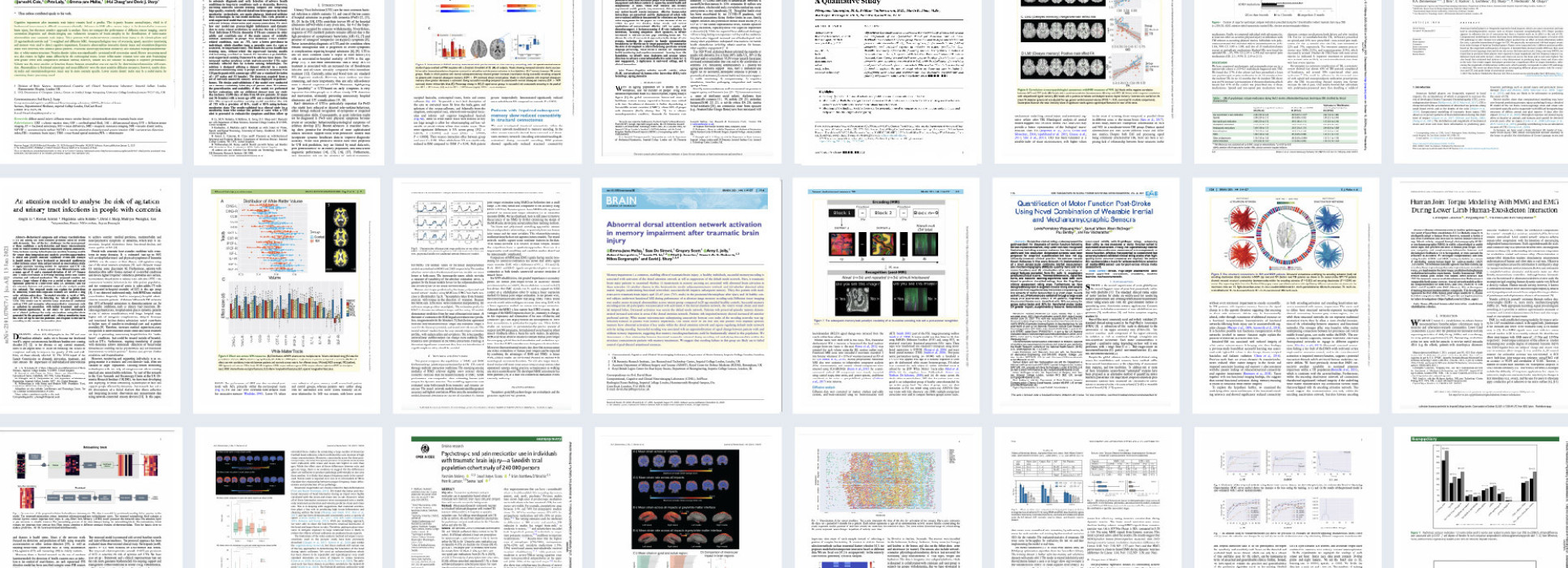BibTex format
@article{David:2021:10.1002/alz.055151,
author = {David, M and Barnaghi, P and Nilforooshan, R and Rostill, H and Soreq, E and Sharp, DJ and Scott, G},
doi = {10.1002/alz.055151},
journal = {Alzheimer's & dementia : the journal of the Alzheimer's Association},
title = {Home monitoring of vital signs and generation of alerts in a cohort of people living with dementia},
url = {http://dx.doi.org/10.1002/alz.055151},
volume = {17},
year = {2021}
}
RIS format (EndNote, RefMan)
TY - JOUR
AB - BACKGROUND: People with dementia (PwD) are at increased risk of adverse medical events (e.g. infections and falls). These often cause clinical deterioration, and potentially preventable admissions. Remote home monitoring of vital signs using internet-of-things technology can identify risk factors for these events - something particular pertinent during the COVID-19 pandemic. We present data from an on-going UK Dementia Research Institute and Technology Integrated Health Management (DRI-TIHM) project. We aim to define algorithms that generate automated alerts, like the hospital-based NEWS system (Morgan, 1997, Clin Intensive Car), and provide more proactive care for PwD. METHOD: PwD recorded their systolic/diastolic blood pressure (SBP/DBP), heart rate (HR), temperature (BTM), bodyweight (BW) and oxygen saturation (Sats) daily (figure 1) and data were collected centrally. A 'monitoring team' followed algorithms in response to alerts and advised medical attention if required. Events such as infections, were logged and correlated with the data. The dataset was then used to calculate the number of alerts that would have been raised if different thresholds were used. RESULT: 52 PwD living at home were included. Patients had a range of dementia diagnoses, most commonly Alzheimer's disease. In total, 89,894 measurements were collected over 556 days (figure 2). During the pandemic, a sub-group were given Sats probes and these produced a significant number of false positive results (figure 4f). On sub-group analysis, PwD with Parkinson's disease dementia had significantly lower SBP and DBP (p=0.004 and p=0.01 respectively, Mann-Whitney U) (figure 3a), one of whom suffered from repeated falls (figure 3b). Pilot data were used to set alert thresholds. Average values and number of alerts for each domain are shown (table 1). We then modelled the effect of different thresholds, based on NEWS, to the number of alerts generated (figure 4, table 2). This is informative in optimising
AU - David,M
AU - Barnaghi,P
AU - Nilforooshan,R
AU - Rostill,H
AU - Soreq,E
AU - Sharp,DJ
AU - Scott,G
DO - 10.1002/alz.055151
PY - 2021///
TI - Home monitoring of vital signs and generation of alerts in a cohort of people living with dementia
T2 - Alzheimer's & dementia : the journal of the Alzheimer's Association
UR - http://dx.doi.org/10.1002/alz.055151
VL - 17
ER -




